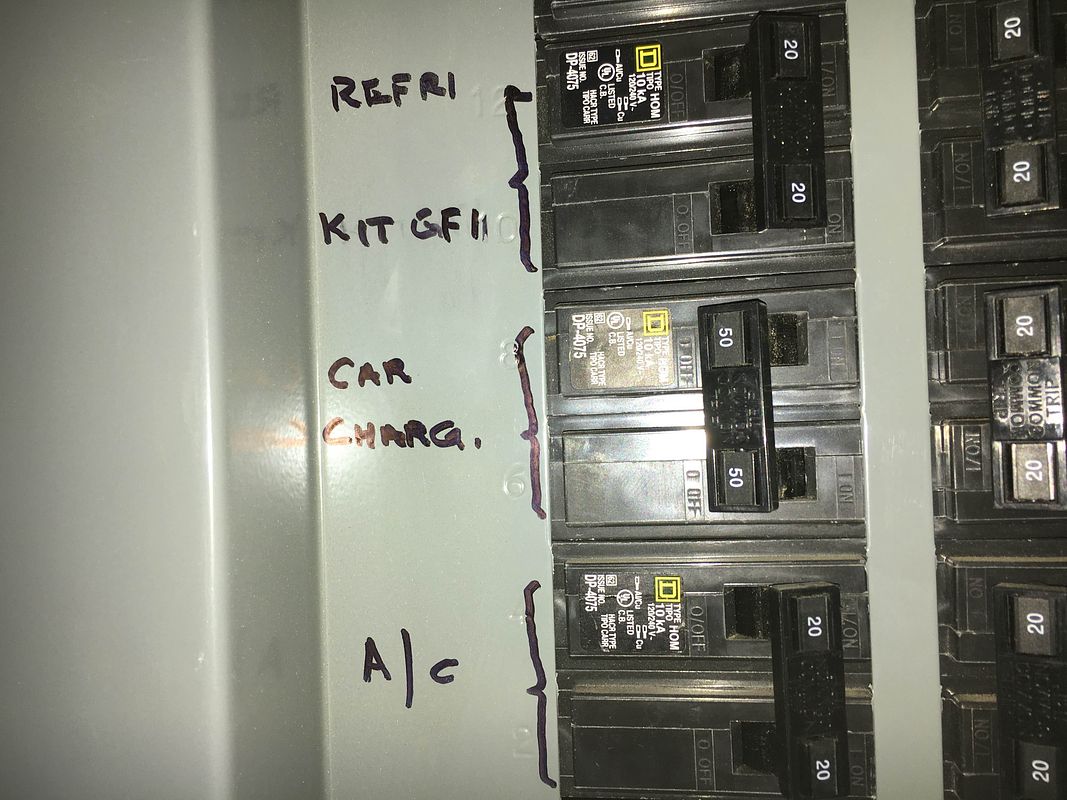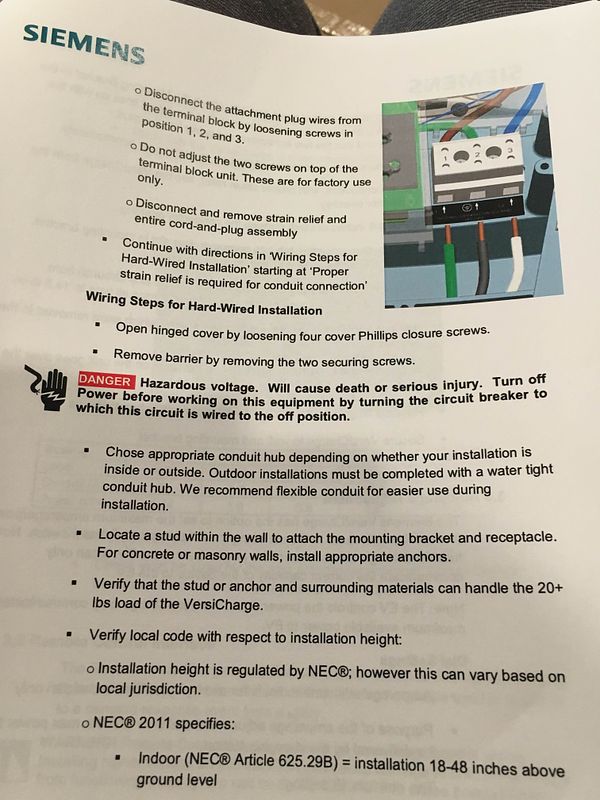steveheaven79
New member
- Joined
- Jun 15, 2015
- Messages
- 3






I already have 50 amp box with 240v prewired in the garage..so no need to run one .. home builder included this since it's new build ..
I am a little scared of this doing it myself. Never done this kind of work in my life..and very close to paying $300 - $500 for the install..however I wanted to give it shot here if I can do it myself..with less stress..
I consulted with local electrician though ..i showed them the pics above. He told me just connect L1 and L2 and black and white one - copper one in the center...
Lastly, the electrician told me i should get disconnect box just in case there is something wrong with the charger to prevent to blow the entire fuse box..
Are you guys who have level 2 in the garage have this kind of setup?







![300W Car Power Inverter DC12V to AC110V,Dc to AC Car Plug Adapter Outlet with Multi USB[24W USB-C] /USB-Fast Charger(24W) Car Inverter,Car Charger for Laptop Vehicles Road Trip PiSFAU](https://m.media-amazon.com/images/I/41-KedJShYL._SL500_.jpg)


























![[Updated] 600W Power Inverter for Vehicles 12v to 110v, Dual DC to AC Car Inverters Converter Car Adapter for Wall Plug Outlet with USB C 65w/24W Fast Charge for Laptop Road Trip/Long Drive/Camping](https://m.media-amazon.com/images/I/41+ce37YsRL._SL500_.jpg)













